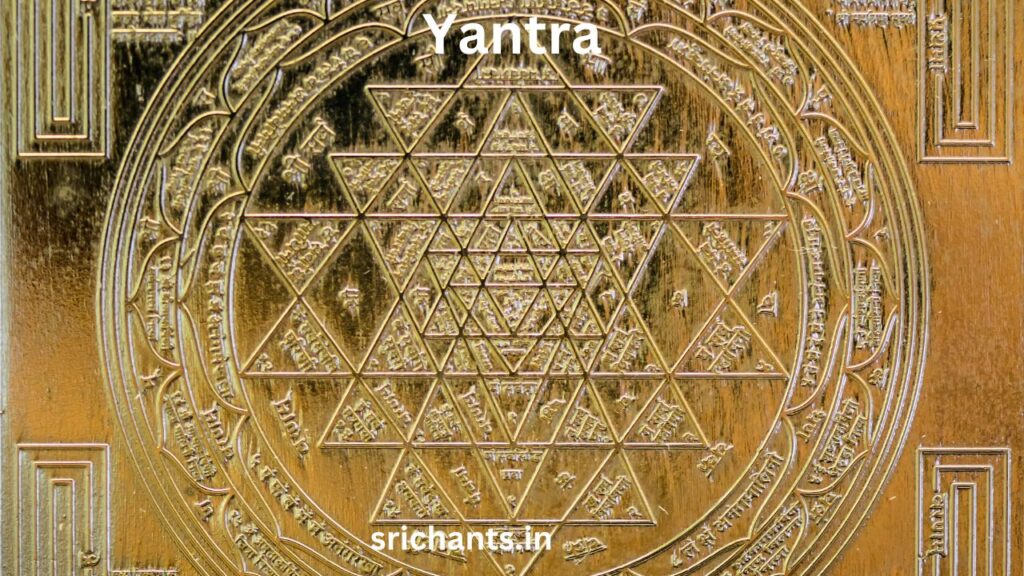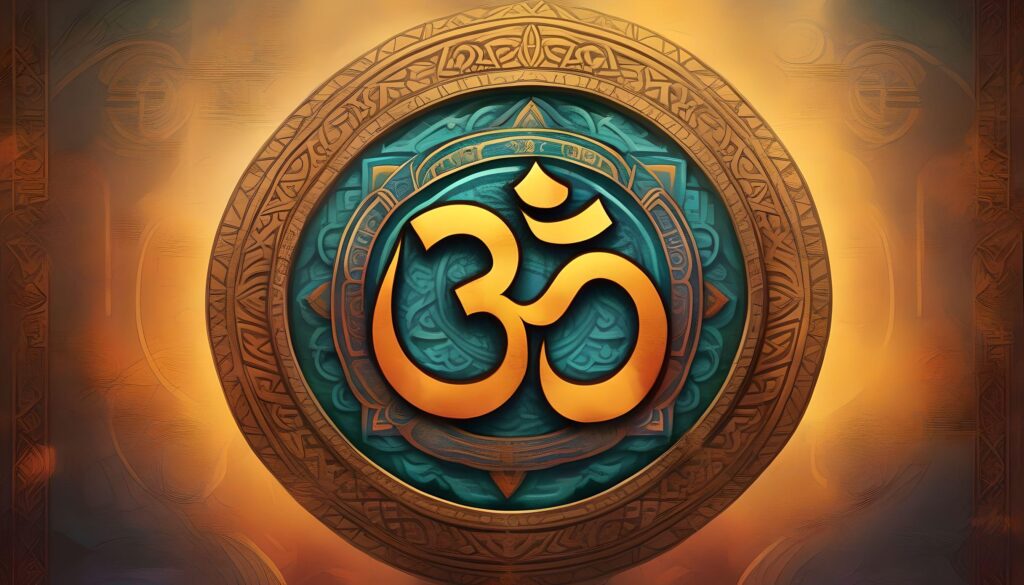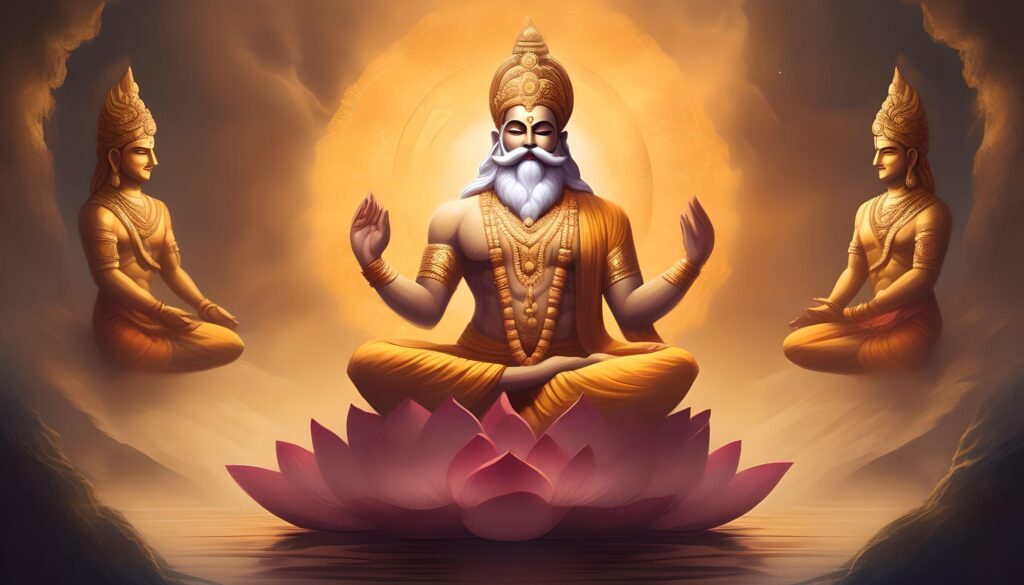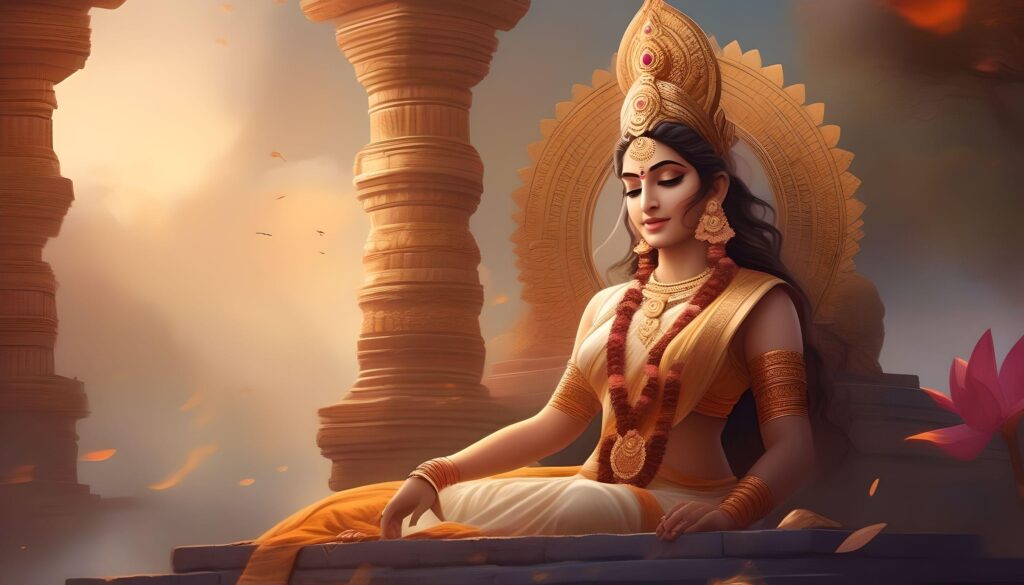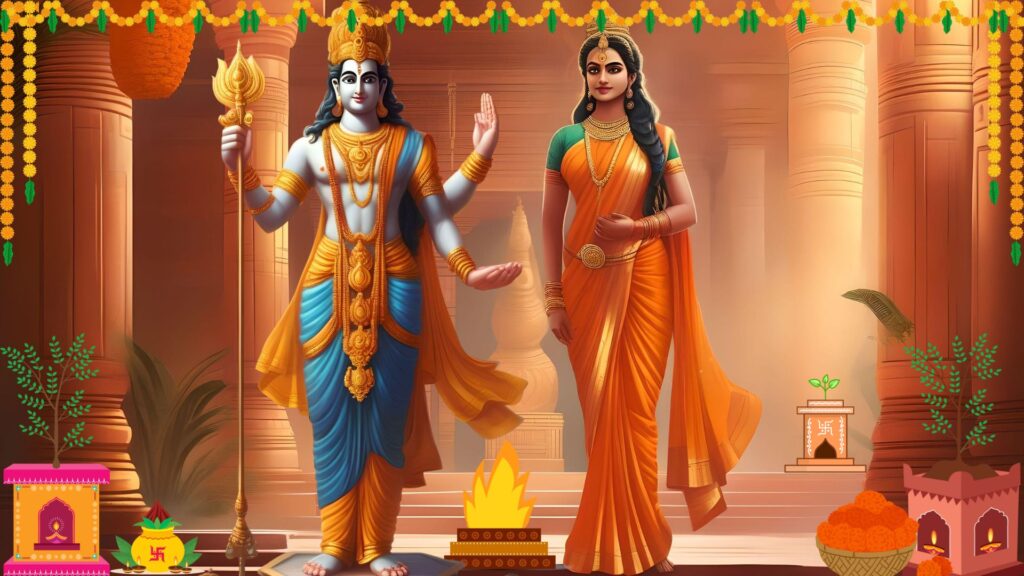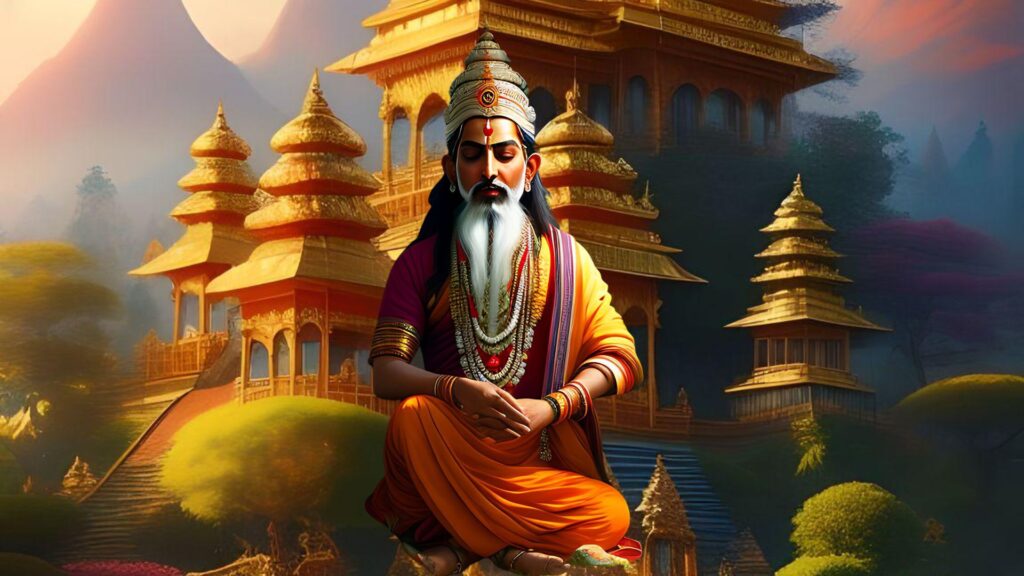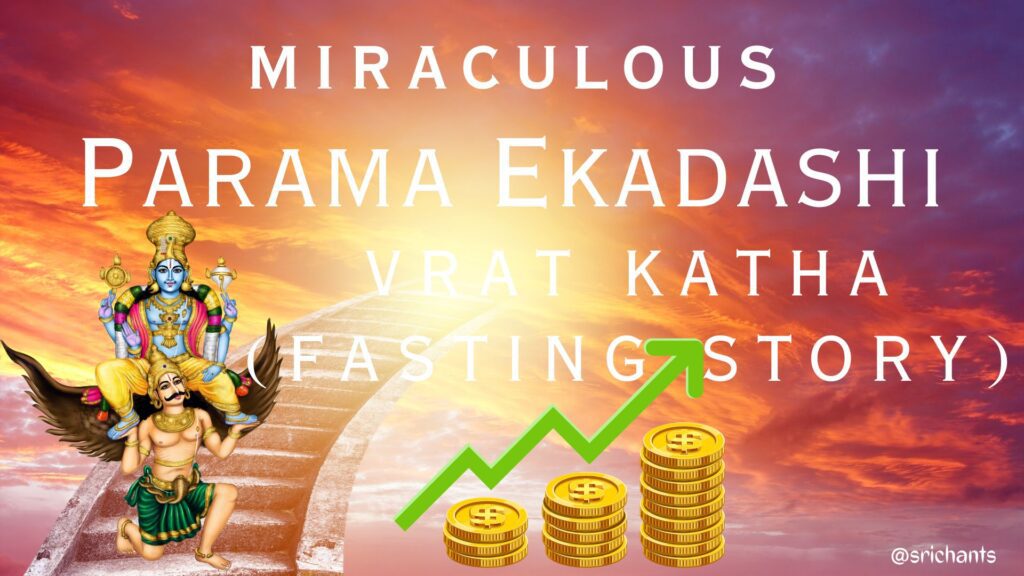Sacred Geometry and Yantras: A Visual Framework for Meditation
Introduction
In the field of meditation, it is common for individuals to pursue a visual framework to complement their practice and improve their focus. Although there are a variety of images and symbols from different traditions that can be employed, their arbitrary integration into meditation may not be particularly beneficial or may even be disruptive. Fortunately, the science of yantra serves as a visual counterpart to the practice of mantra meditation.
The Power of Yantras
Yantras are geometric diagrams that are constructed from circles, triangles, squares, and other symbolic structures. They function as visual representations of sacred concepts and can be employed to enhance meditative focus. In the same way that mantras leverage the power of sound, yantras leverage the power of visual symbols to facilitate a profound meditative experience.
The Symbolism of a Point
The image of a point is of immeasurable importance in the realm of yantras. To represent the transition from unmanifest states of existence to manifest ones, a point is regarded as a gateway from the invisible to the visible. It is reminiscent of the process by which objects emerge from seemingly empty space and progressively transform into tangible entities. This transformation is applicable to all visible entities, including humans, in yogic metaphysics. We are born from an ocean of pure consciousness, with individual awareness resembling a wave that emerges from the immense expanse of the ocean.
Meditation underscores the significance of singular concentration in order to facilitate the transition from individual consciousness to pure consciousness. This is the point at which the image of a point becomes invaluable. The mind in meditation becomes increasingly tranquil and still, much like a tranquil pond with a still surface that enables a bubble to produce ripples that gently spread throughout. A focal point is established by focusing on the precise point at which the object of our concentration, such as a mantra, first appears, which allows us to direct our attention inward and explore our meditative practice more deeply.
The Power of Light and Triangles
An indefinitely long straight line is generated by extending a point in one dimension. This concept is exemplified in a mythological narrative in the context of yoga, in which a brilliant vertical shaft of light manifested before the gods. Even the natural powers of wind and fire were rendered powerless by the intrinsic strength of this shaft. The gods began a journey to determine its origin and conclusion; however, they discovered that the shaft of light symbolized the infinite and unbounded manifestation of pure consciousness.
The spinal axis is responsible for sustaining the body’s vital functions by reflecting this vertical shaft of light within the human body. A refined sense of inner awareness is evoked by aligning the body along this axis during meditation. On the other hand, triangles symbolize the archetypal number three and the three qualities or “strands” known as the gunas that pervade all of manifest reality. The limitless forms of matter and mind are the result of the interaction between these qualities—sattva (light), rajas (motion), and tamas (darkness).
The Body as a Yantra
The body can be perceived as a yantra when one assumes a cross-legged meditation posture. Triangular shapes are visible in the body, with the two knees and the base of the vertebrae forming a triangular base. In turn, the complete body resembles an upward-pointing triangle. Upon further examination, the body’s upward triangular formations are revealed to be reminiscent of a tetrahedron, a four-sided geometric solid.
In order to enhance their meditation practice, practitioners may employ these yantric images within their own bodies. Individuals can generate a sense of harmony and balance within themselves by visualizing the body as an upward-facing tetrahedron and allowing its interior to delicately dance with the flames of alertness and energy. The meditative experience can be further enhanced by incorporating the respiration, a thread of light, and a mantra such as “so’ham.”
Incorporating Yantras into Meditation
The incorporation of yantras into meditation can be a transformative practice. A straightforward yet pleasurable meditative technique that employs yantric images to direct the practitioner along the central axis of the body is as follows:
- Find a Comfortable Posture: Whether you are seated cross-legged or in a different position, find a comfortable position for meditation. Visualize the spine as a central axis, balanced from the bottom to the top, and close your eyes.
- Visualize the Upward-Facing Tetrahedron: Imagine your body in the form of an upward-facing tetrahedron. Visualize the interior of this shape dance lightly with the flames of energy and alertness.
- Cleansing and Nourishing Breath: As you breathe in and out, allow your body to relax and allow your breath to cleanse and nourish you. Concentrate on the sensation and rhythm of the breath as it flows through your nostrils.
- Incorporate the Mantra: After your focus on the respiration has stabilized, introduce the mantra “so’ham.” Inhale the sound “so” and exhale the sound “ham.” Create a harmonious rhythm by allowing the mantra to flow organically with your breath.
- Travel along the spinal axis: Begin to shift your focus from the respiration to the ajna chakra, which is located in the eyebrow center. Visualize your attention descending to the base of the spine as you exhale, accompanied by the sound “ham.” Visualize your attention ascending to the summit of the head during the inhalation, accompanied by the sound “so.” Continue this cycle, as if you are ascending and descending along the spinal axis, which is depicted as a threadlike shaft of light.
- Focusing: Gradually direct your attention to the initial point at which the mantra’s melody appears in your consciousness. Allow the mantra’s sound to permeate your mind, and focus your awareness on this singular point. Eliminate any mental activities that are not associated with the mantra’s sound and merely remain in a state of focused awareness.
- Visual Images That Transcend Time: The visual images that are associated with the yantras may gradually dissipate over time. As your practice becomes more established, it is advisable to abandon the visualizations and concentrate solely on the mantra’s sound. Connect with the vibrational essence of the mantra and find solace in the silence and serenity of the mind.
Practitioners can investigate the profound relationship between consciousness, symbolism, and geometry by integrating yantras into their meditation. This visual framework is a potent instrument for transcending the confines of the mind, deepening awareness, and enhancing focus. Individuals can transcend the visible world and access the infinite realm of pure consciousness by engaging in yantra meditation.
Conclusion
Yantras provide a visual framework for meditation that enhances the practice of mantra meditation. The power of visual symbols can be leveraged by practitioners to enhance their meditative concentration through the use of geometric diagrams. By investigating the symbolism of points, the power of triangles, and the body as a yantra, individuals can integrate these visual frameworks into their meditation practice and undergo transformative experiences. Practitioners can access the immense potential of sacred geometry and gain a more profound understanding of the self and consciousness by incorporating yantras into their practice. Through the practice of meditation, embrace the power of yantras and embark on a journey of spiritual development and self-discovery.
